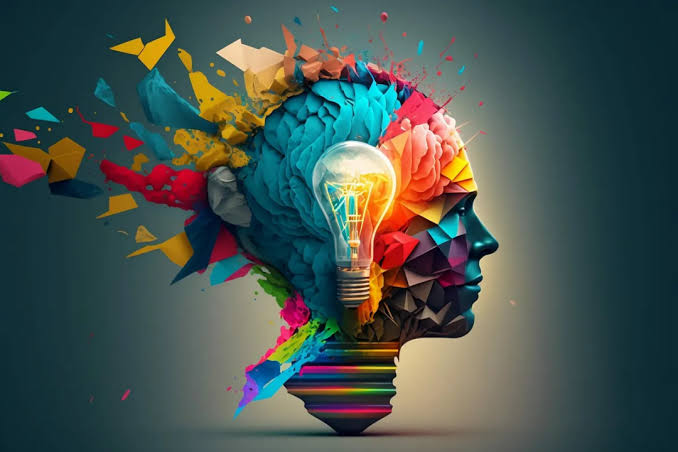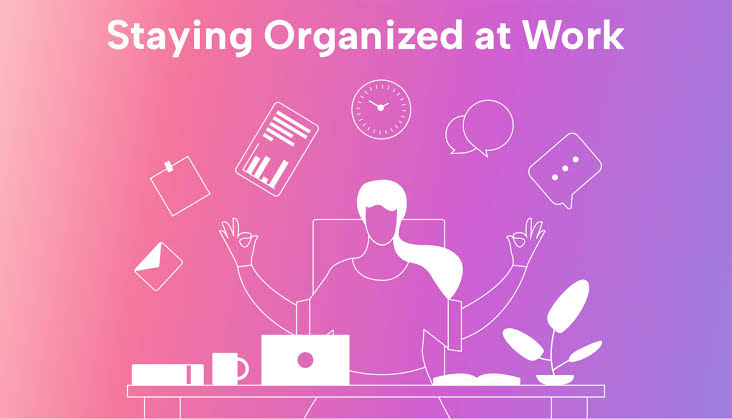Creativity is not just for artists, designers, or musicians—it is an important human skill that helps with solving problems, making decisions, and adapting to change. In a world that is more automated and driven by technology, the need for human creativity is growing. By July 2025, many industries worldwide, from tech to education, have focused again on creativity and innovation as key skills for future success.
Whether you want to improve your work, express yourself better, or find new ways to think, unlocking your creative potential can bring more fulfillment, strength, and productivity. Here are simple tips to help you boost your imagination and creativity every day.
Embrace Curiosity and Lifelong Learning
Curiosity is the fuel that drives creative thinking. When you ask questions, seek new perspectives, and show a willingness to explore beyond your comfort zone, you naturally invite innovation. Creative individuals are often those who never stop learning.
As of 2025, there are more ways than ever to satisfy intellectual curiosity—online courses, podcasts, documentaries, webinars, and immersive VR experiences offer diverse content on every subject imaginable. You don’t have to specialize in one area to be creative; in fact, the cross-pollination of ideas from different fields often sparks the most groundbreaking innovations.
Take time to read books outside your expertise, attend local workshops, or even follow social media accounts from people in different industries. Every new piece of information you absorb gives your brain more material to work with when it’s time to solve problems or create something new.
Set Aside Time for Creative Thinking
Creativity needs space—both physical and mental. One common mistake people make is waiting for inspiration to strike. However, creativity often flourishes when you deliberately make time for it. This could mean dedicating a few minutes each day to journaling, sketching, brainstorming, or exploring new ideas without judgment.
In 2025, many productivity experts recommend time-blocking for creative work. This involves setting aside periods in your schedule that are free from meetings, notifications, and distractions. Use these windows to think freely, experiment with new ideas, or tackle projects in unconventional ways.
Creating a physical environment that encourages creativity can also help. Design a workspace that inspires you—add art, mood lighting, natural elements, or music that stimulates your thinking. A change in environment can often lead to a shift in perspective.
Embrace Play and Experimentation
Play isn’t just for children—it’s a fundamental part of how humans explore, learn, and innovate. When you approach tasks with a sense of playfulness, you remove the fear of failure and allow yourself to try things without worrying about the outcome.
Try new hobbies that engage your hands and imagination, like sculpting, playing an instrument, or coding a game. Even improvisational games, like storytelling or drawing prompts, can activate parts of your brain that are responsible for original thinking.
As of July 2025, many companies and schools are integrating play-based learning into their development programs. They’ve recognized that experimentation leads to discovery. When you give yourself permission to be messy, imperfect, or silly, you often stumble upon ideas that you wouldn’t have found through logical planning alone.
Step Outside Routine and Comfort Zones
Routine provides structure, but it can also stifle creativity if it becomes too rigid. One way to stimulate your imagination is to intentionally break patterns and expose yourself to new experiences. Traveling to a new place, trying a different cuisine, listening to unfamiliar music, or speaking with someone from a different background can refresh your thinking.
In 2025, the popularity of digital nomadism, multicultural co-working spaces, and global exchange programs has grown. These trends allow people to immerse themselves in new environments and bring back diverse ideas to their work or art.
Even if you can’t travel, you can still change your daily routine in small ways—take a different route to work, change your morning rituals, or challenge yourself to learn one new thing each week. These disruptions to the familiar help shake up old mental habits and make room for innovation.
Collaborate and Share Ideas
Creativity doesn’t thrive in isolation. While moments of solitude are important, collaboration often brings new energy and perspective to your ideas. Engaging with others allows you to refine your thinking, discover blind spots, and build on concepts that may have otherwise stayed dormant.
Look for opportunities to join creative communities, whether online or in person. Participate in brainstorming sessions, writing groups, innovation labs, or startup meetups. As of 2025, many collaborative platforms now use AI to connect like-minded thinkers for idea exchanges and virtual projects.
When you collaborate, focus on listening as much as sharing. Sometimes, the best way to spark your own imagination is by helping someone else refine their idea. Conversations, debates, and co-creation fuel mental agility and deepen your creative abilities.
Accept Failure as Part of the Process
One of the biggest blocks to creativity is the fear of failure. People often hold back their ideas out of concern that they might be silly, impractical, or poorly received. But the truth is, every great invention or work of art began as a draft, a sketch, or a failed prototype.
Reframing failure as a learning tool is key. In 2025, innovation-driven companies like Tesla, SpaceX, and Google X have made failure part of their culture. They treat every setback as data, something that brings them closer to a better version of the idea.
When you fail, take time to analyze what didn’t work and why. Use that insight to iterate, refine, and try again. The path to breakthrough thinking often includes many detours—and that’s not just okay, it’s necessary.
Practice Creative Mindfulness
Creativity requires you to be present. If your mind is cluttered with stress, distractions, or self-doubt, your ability to create is diminished. Practicing mindfulness helps you focus, reflect, and connect with your inner voice.
Simple techniques such as breathwork, meditation, or even slow, intentional walking can help you reconnect with your thoughts and clear mental noise. Creative mindfulness involves observing your ideas without judgment and learning to trust your instinct, even when it goes against conventional wisdom.
In 2025, mindfulness apps have become more customized for creatives, offering guided exercises that are designed specifically to enhance focus, reduce anxiety, and open mental pathways for artistic or problem-solving work.
Stay Curious About Yourself
Creativity also means being willing to explore who you are and what truly drives you. Self-reflection through journaling, personality tests, vision boards, or therapy can uncover passions, patterns, and potentials you may not have noticed.
Ask yourself questions like: What excites me? What challenges do I keep avoiding? What stories do I want to tell? By diving deeper into your motivations, you can align your creativity with a sense of purpose and authenticity.
As of July 2025, the rise of AI-generated content has made authentic human creativity even more valuable. People who know themselves and express their truths through unique voices, designs, or ideas are more likely to stand out and make lasting impact.
Conclusion: Creativity Is a Skill You Can Cultivate
Creativity is not a gift for a lucky few—it’s a skill that anyone can develop through curiosity, practice, and intentional effort. In a world that values fresh thinking and innovative solutions more than ever before, nurturing your imagination is a form of empowerment.
By making space for creativity in your daily life, experimenting without fear, and connecting with others, you train your brain to think more freely and boldly. The power of creativity lies in its ability to transform how we work, connect, and live. When you invest in your imagination, you open doors to possibilities that logic alone could never unlock.




Nice